Disclaimer: This is not the official press release or communications. The text are taken from the exhibit itself. All credit goes to the National Museum of the Philippines – Western Visayas Regional Museum, International Centre for the Study of the Preservation and for Restoration of Cultural Property (ICCROM), CollAsia Field Projects (Connecting Communities and Collections), and the Cultural Heritage Administration of the Republic of Korea.
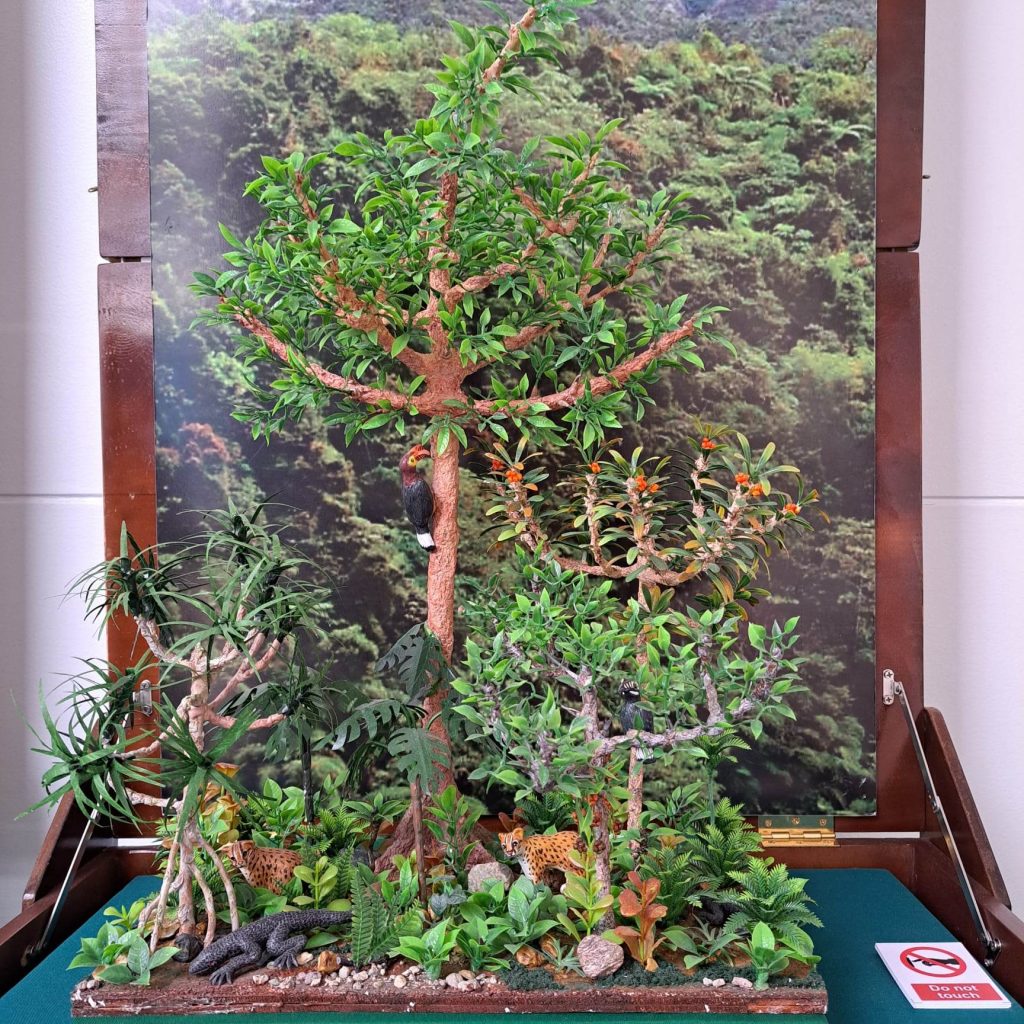
Guimaras, Negros and Panay islands are part of the West Visayas Faunal Region (WVFR). It has the least remaining forest cover of the six faunal regions in the Philippines but is one of the world’s highest biodiversity conservation priorities. WVFR is home to several threatened and critically endangered flora and fauna.
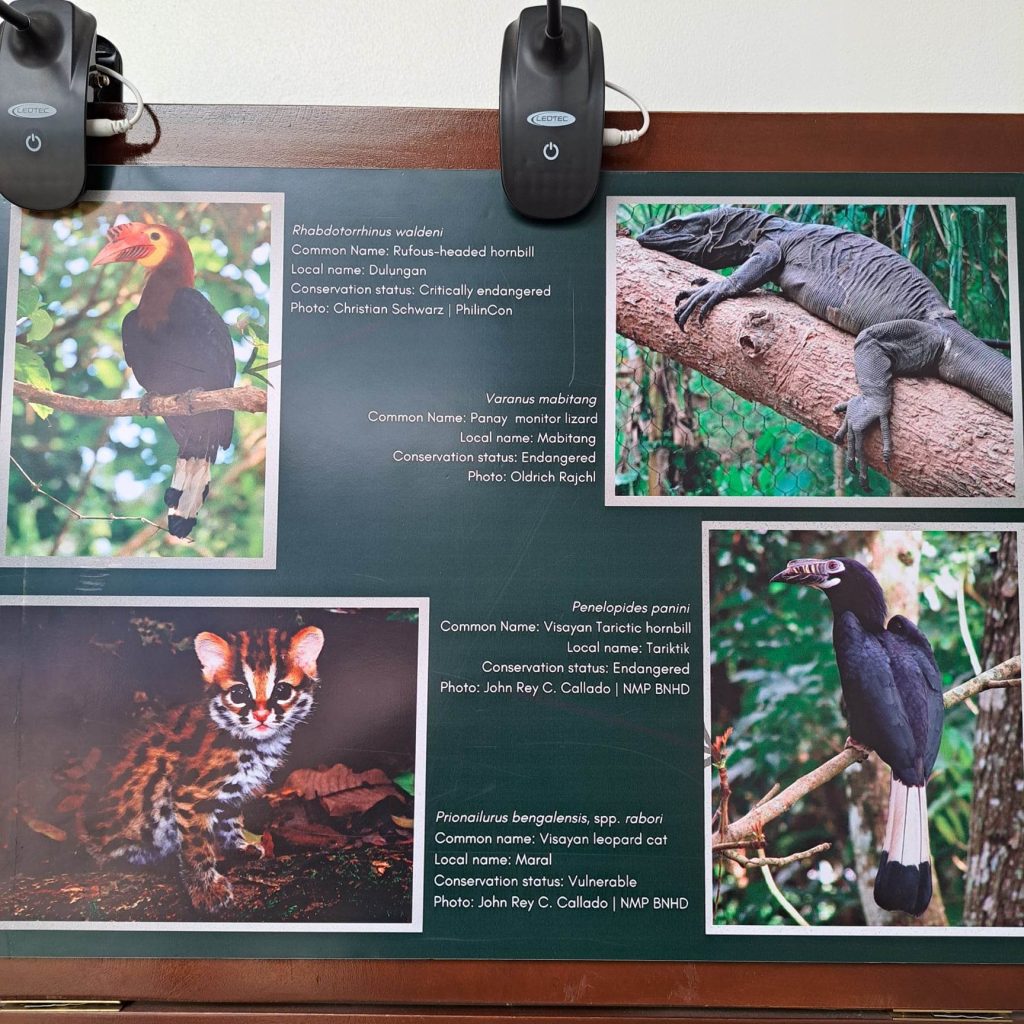
The Fauna
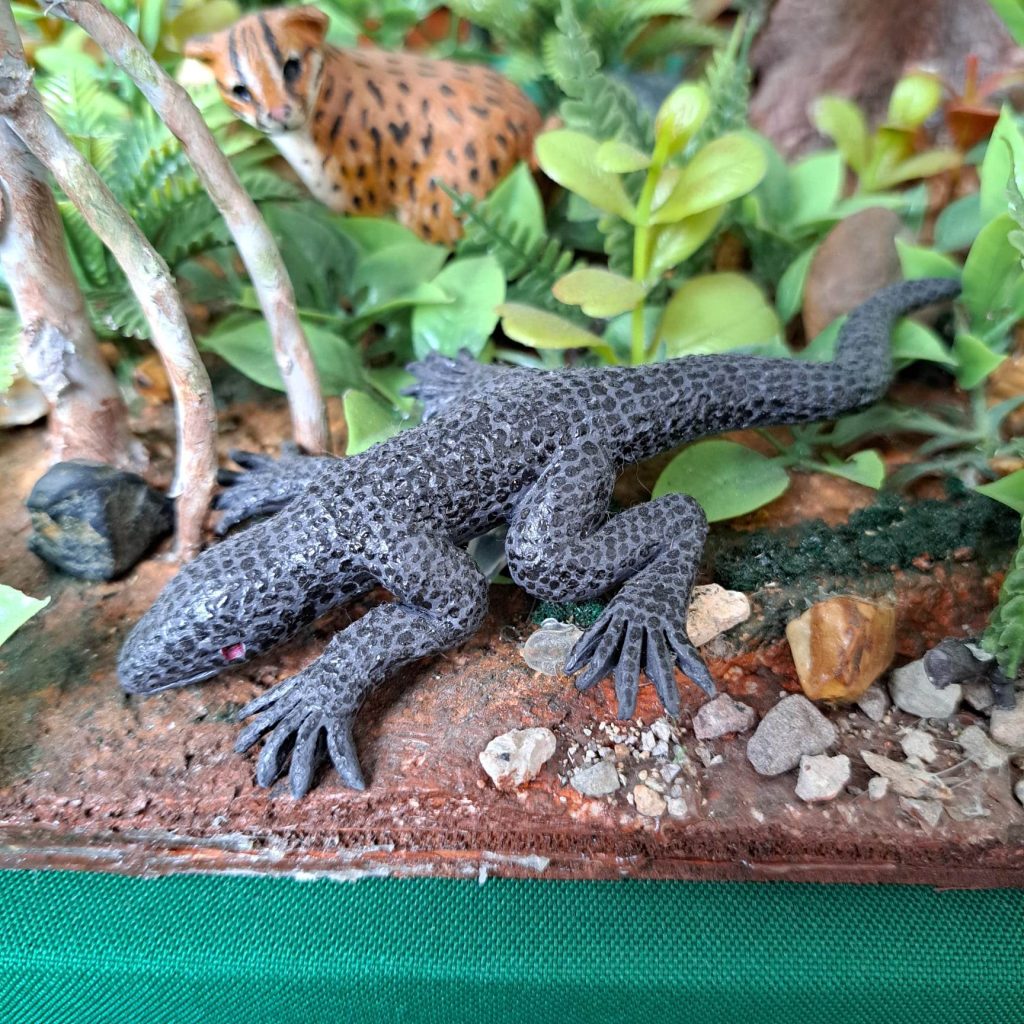
The Panay monitor lizard (Varanus mabitang) or mabitang is arboreal and confined in the remaining forest patches of Panay from 200 to 1000 meters above sea level (ASL).
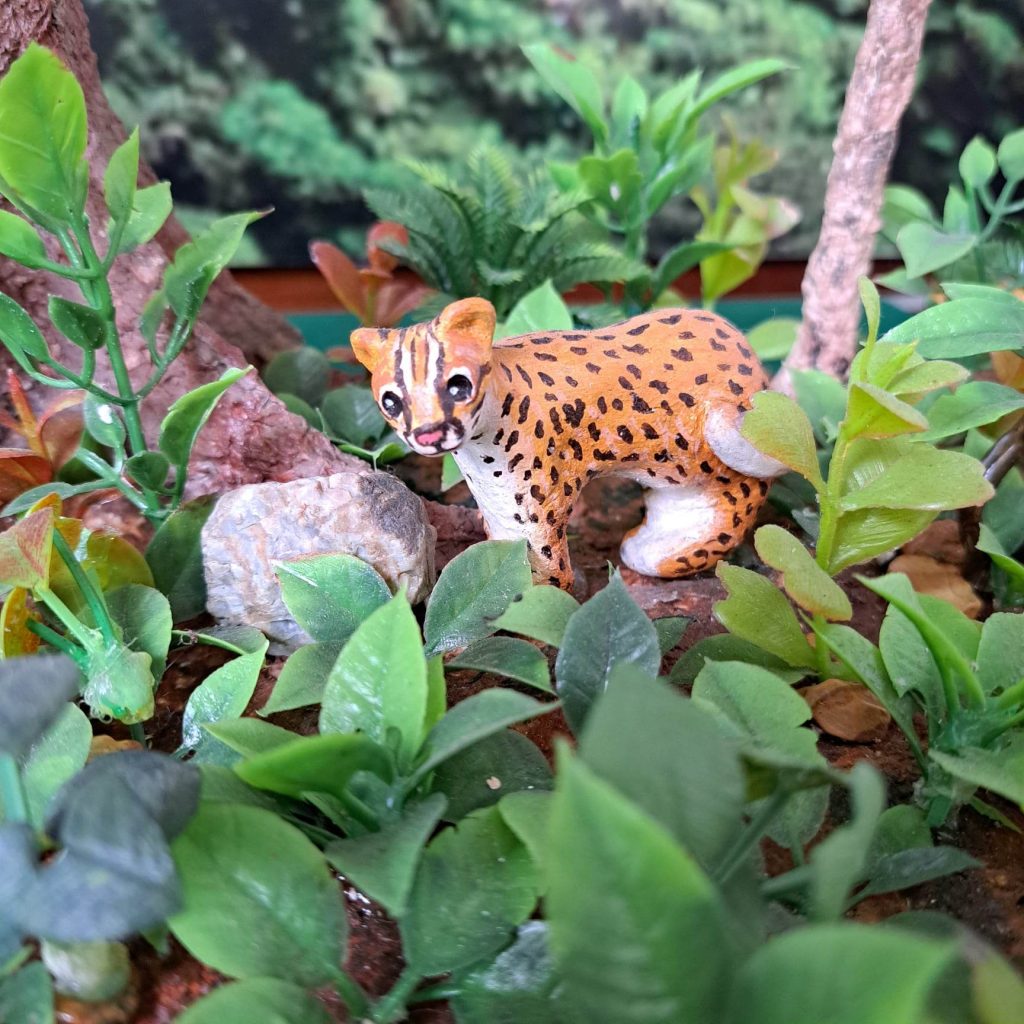
The Visayan leopard cat (Prionailurus bengalensis spp. rabori) or maral is found in Negros, Panay, and Cebu. They are commonly found in secondary and primary forests but they are reportedly sighted in agricultural areas and sugarcane plantations. Marals are vulnerable species per DAO 2019-09.
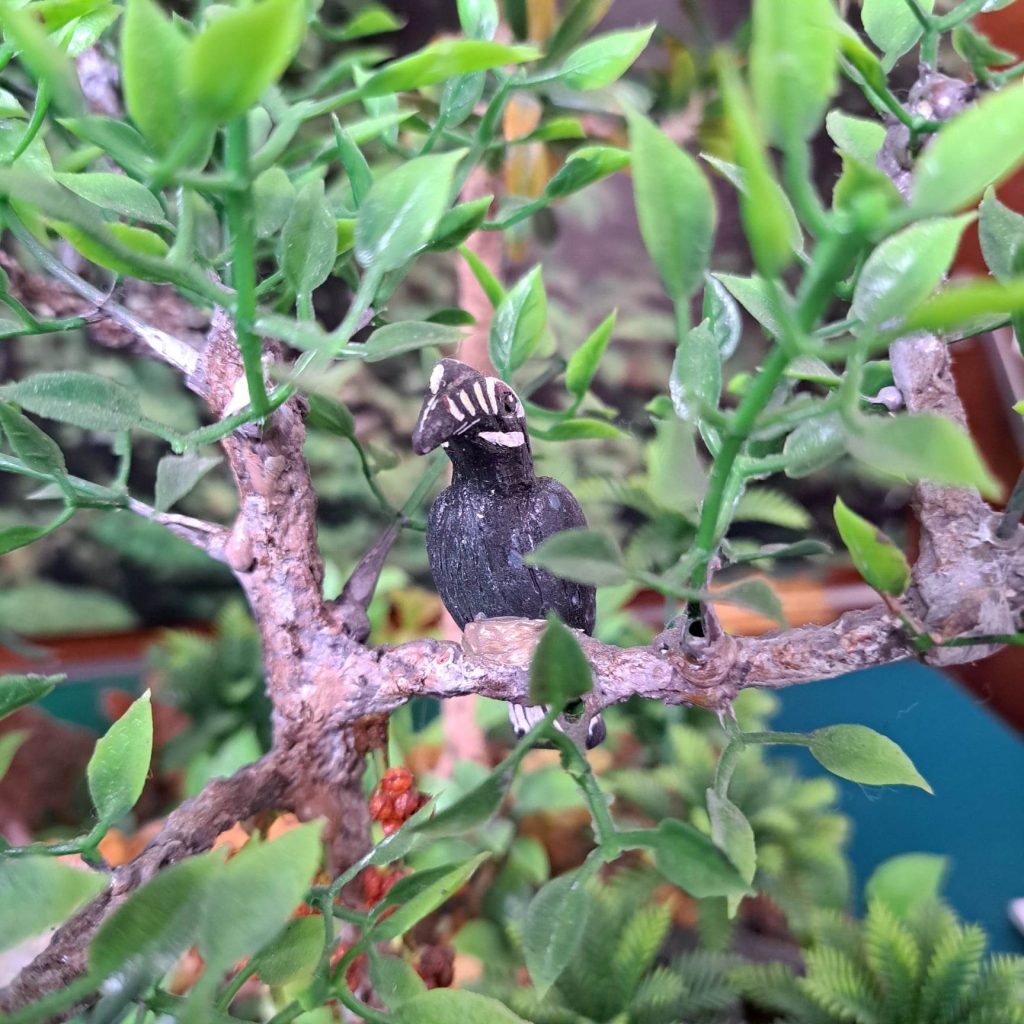
The Visayan Tarictic hornbill (Penelopides panini) or tarictic is endemic to the Philippines in the islands of Panay, Guimaras, the Masbate, and Ticao. It inhibits the primary. evergreen, dipterocarp forest at an elevation range of 1100- 1500 Negros, m ASL, sometimes in the secondary forest or isolated fruiting trees, and nests in tall trees.
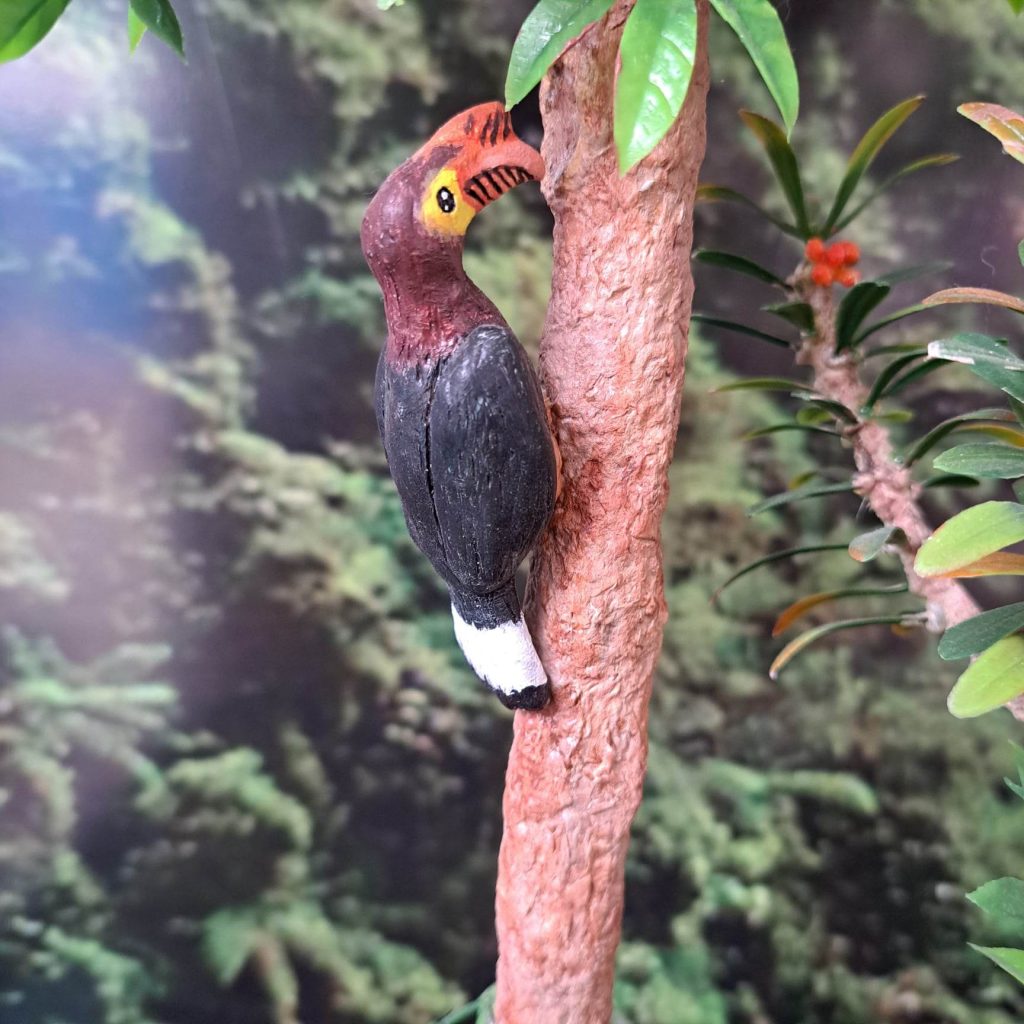
Rufous-headed hornbill (Rhabdotorrhinus waldeni) or dulungan are extremely rare moderately-sized hornbill. They are found in close-canopy forests, in logged areas in isolated trees in clearings, and in lower or mid-elevation of forests at 400-1200 meters above sea level on Panay and 300-950 m ASL on Negros.
The Flora
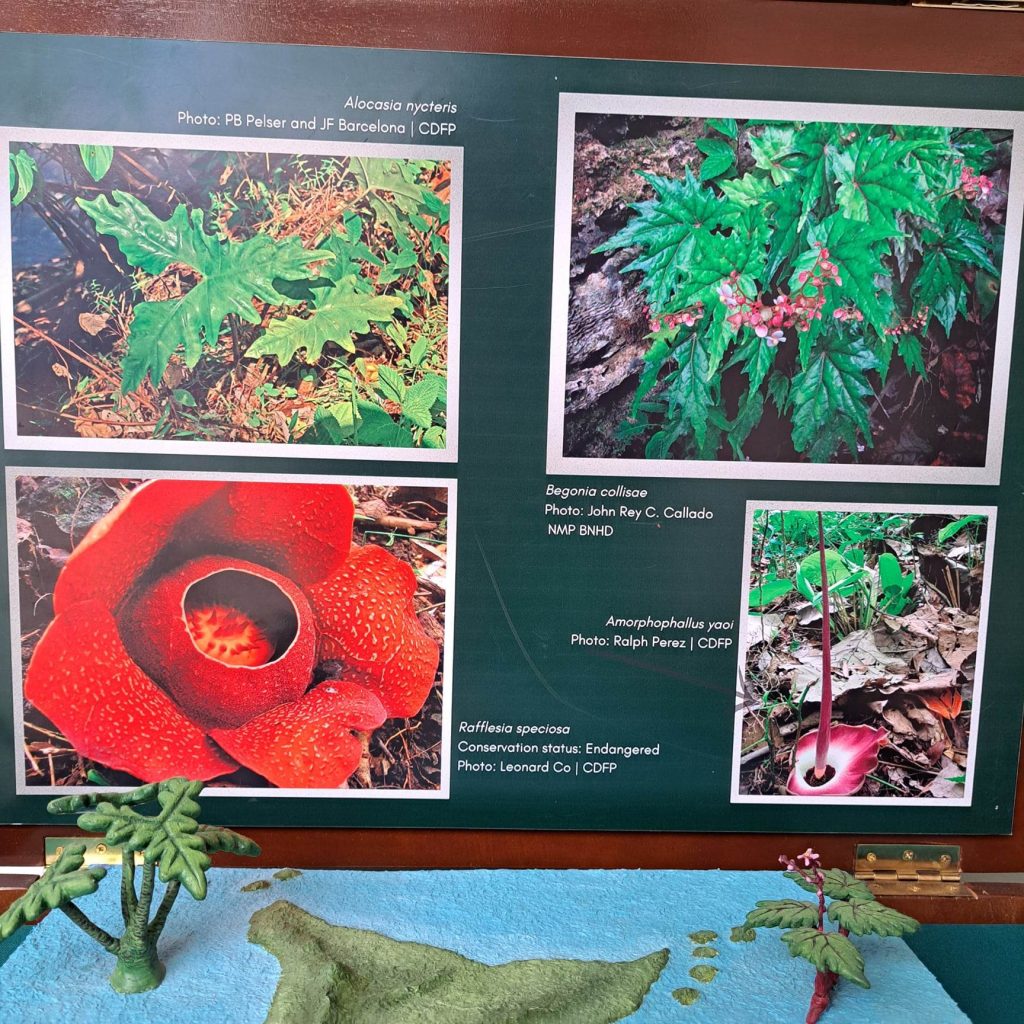
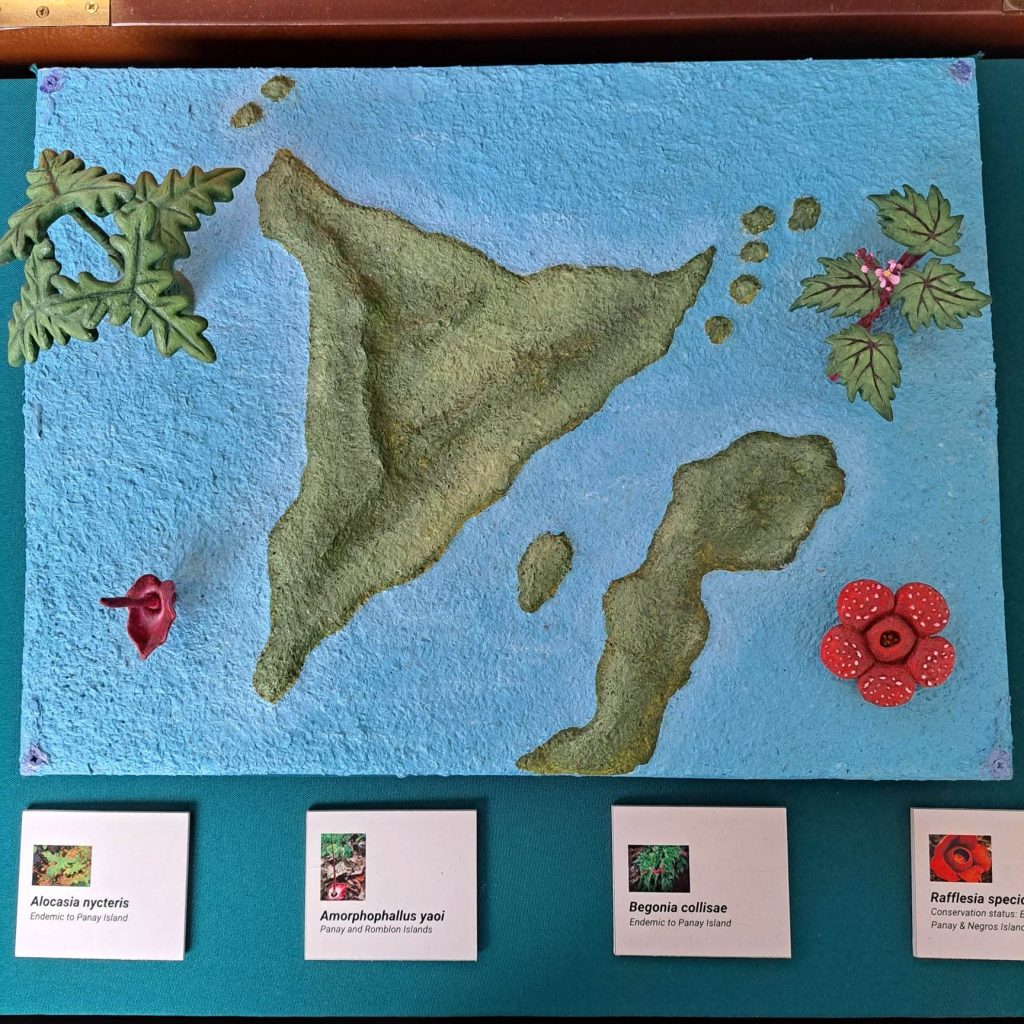
Rafflesia speciosa was the first rafflesia species discovered in Panay in 2002. It is the largest flower endemic in Panay and Negros.
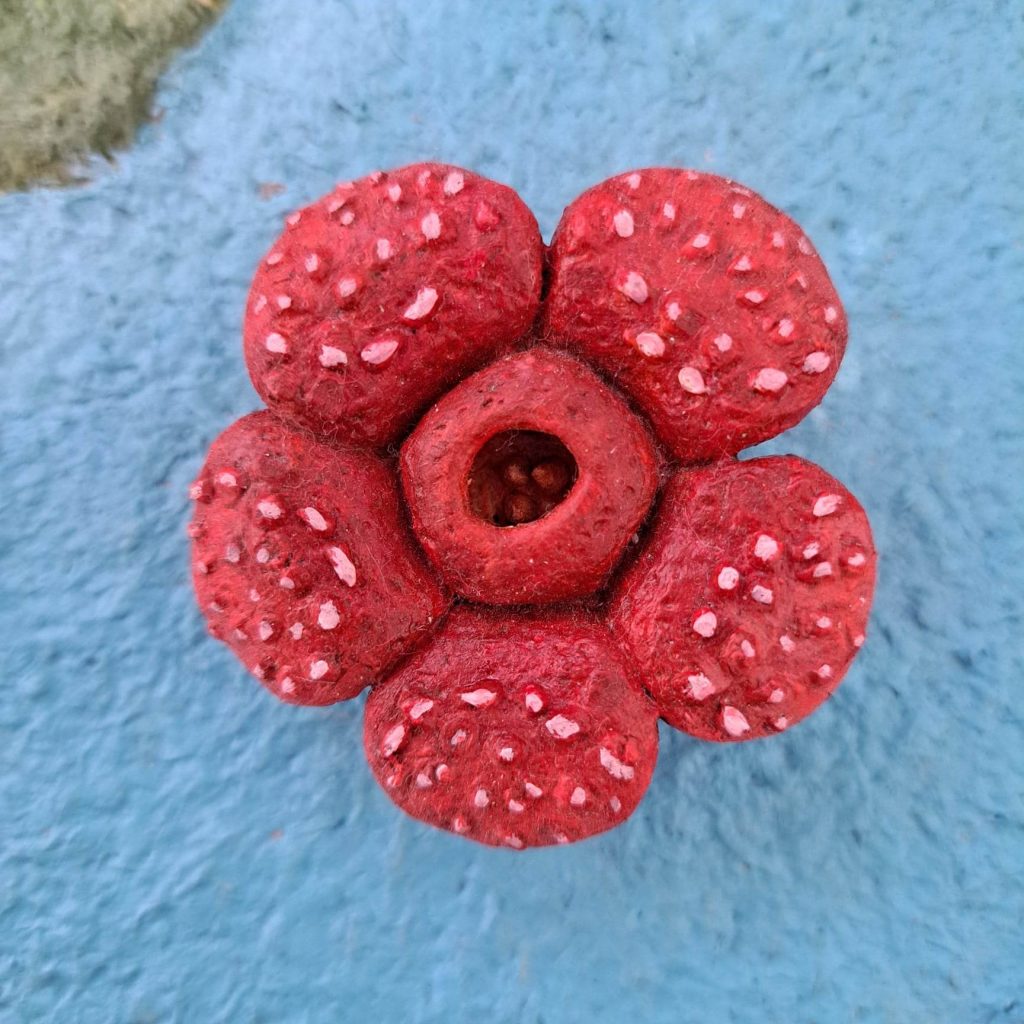
Alocasia nycteris is endemic to Panay Island, from 0-20 m ASL. It grows in lowland and secondary forests, commonly in rocky areas.
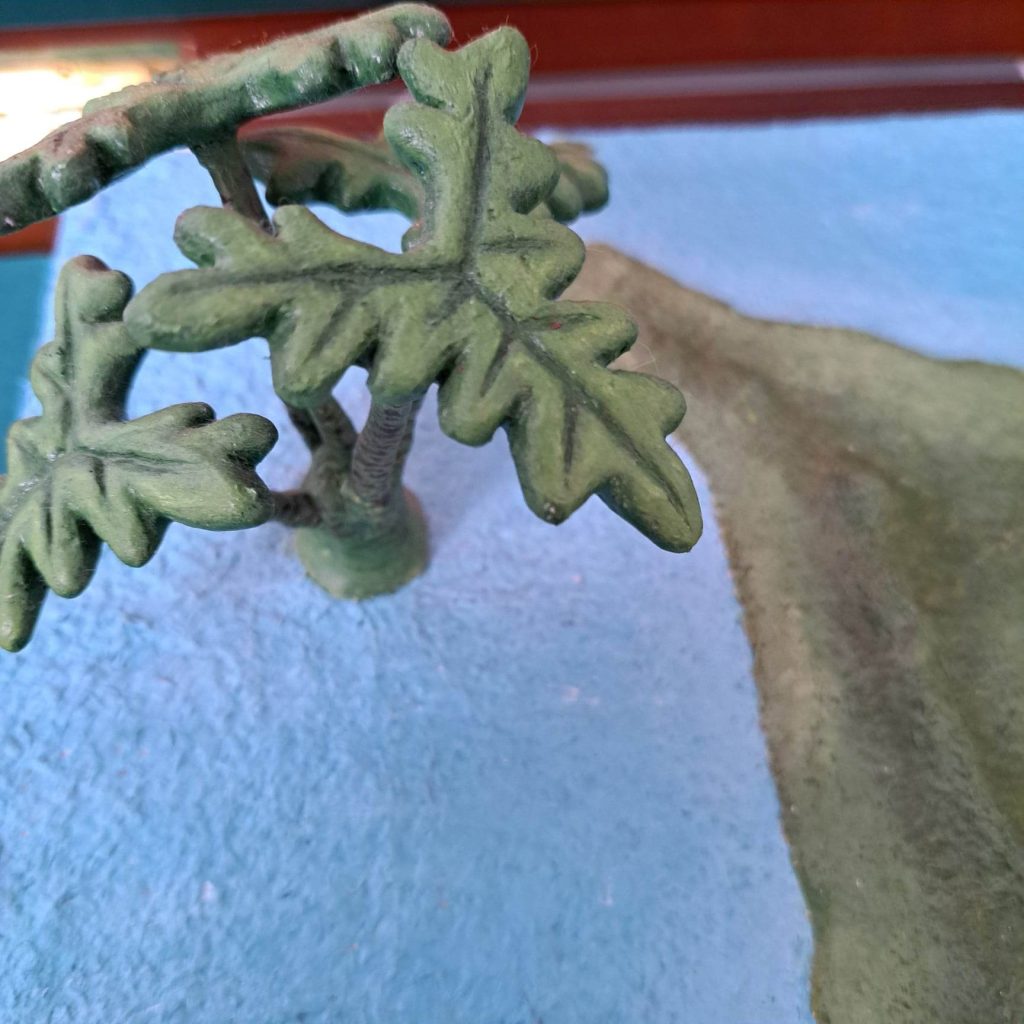
Begonia collisiae is a Panay-endemic begonia characterized by its deeply-lobed leaves. It grows in forested streams at 100 m ASL elevation, particularly in Aklan and Capiz.
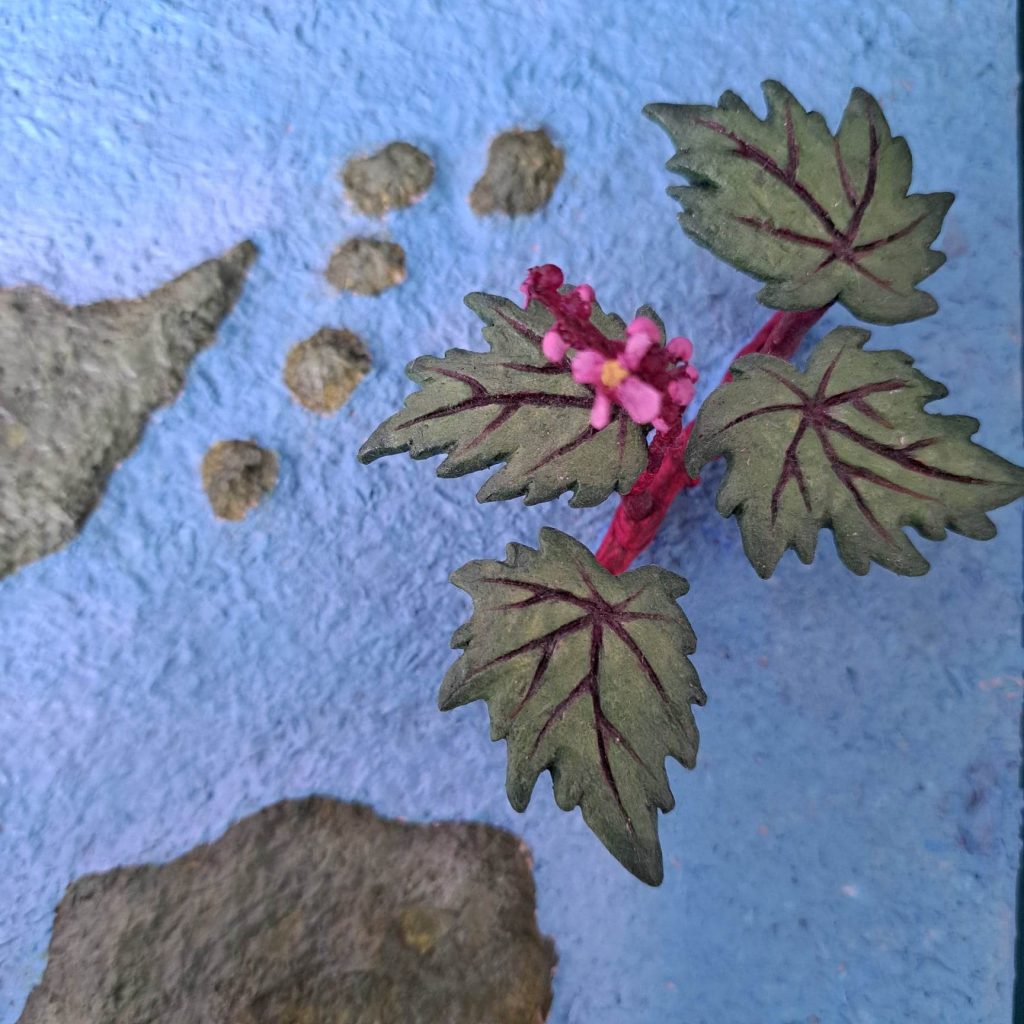
The Amorphophallus yaoi is one of the three new Amorphophallus species discovered in Panay in January 2020. This genus is also called ” corpse flower ” because of its odor which smells like a rotting corpse.
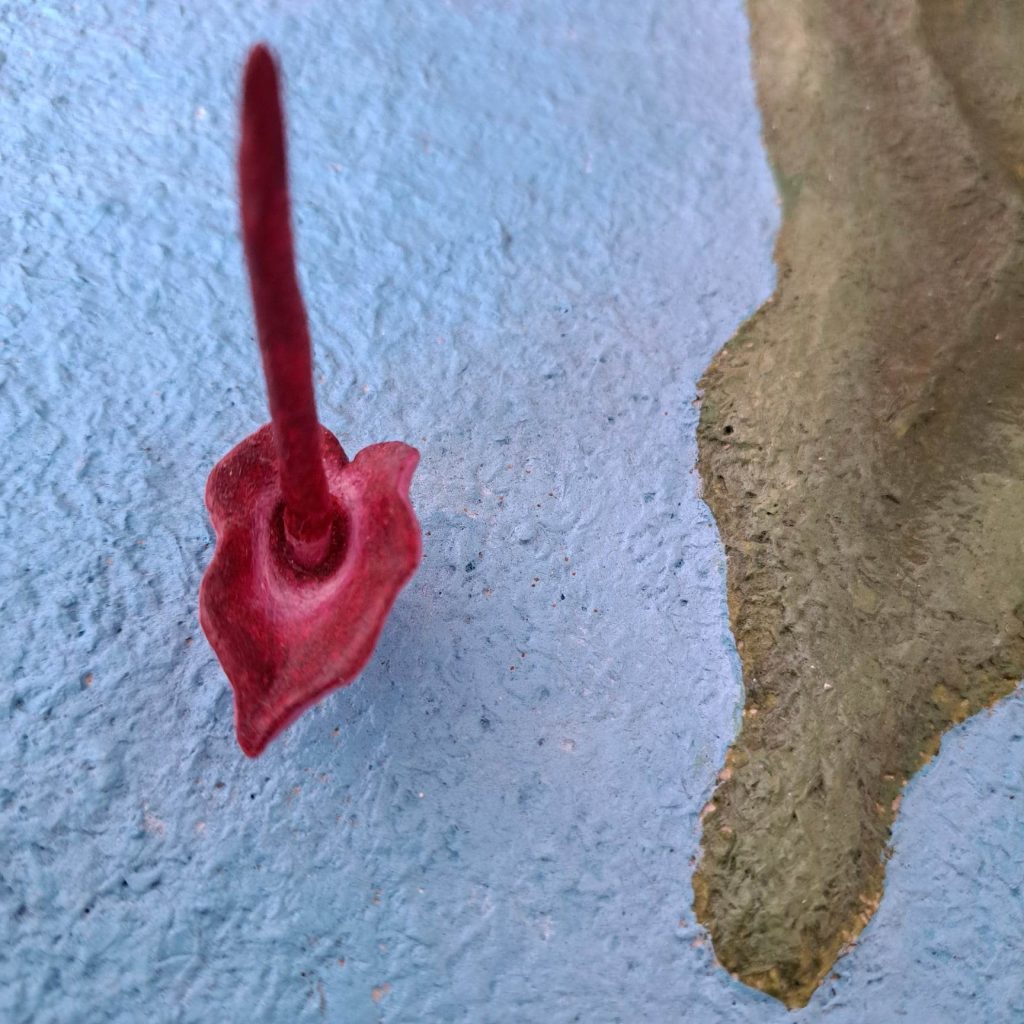
Threats to WVFR are habitat loss due to illegal logging, mining and quarrying, slash-and-burn farming, forest encroachments, poaching, and unregulated/intensive wildlife hunt. Wildlife conservation centers are trying to arrest the impact of human activities to WVFR biodiversity. But the world is running of time. We are called to relearn “pag-amlig” for the environment or ecological stewardship fast.
Pambansang Museo sa Barangay: Bringing Museum Collections to the Fringes
Parts of the Pambansang Museo sa Barangay:
Haból Panay: The Woven Artistry of Western Visayas
Elephant and Stegodont: The Gentle Giants of Panay
Other helpful exhibits:
Rocks of the Visayan Islands
Shells of the Visayan Region
Rafflesias of the Visayan Islands
Protected Areas of the Visayan Region
The Forest Products
The Forest Stratification
The Kanlaon Volcano
The Chocolate Hills
The Pawikan
**Content was only based on the photos I took during my personal visit. I may have missed significant details.
